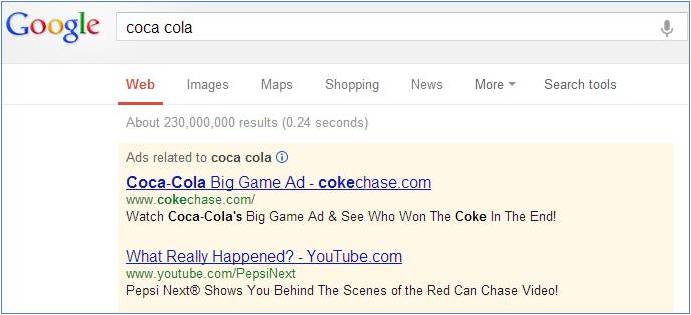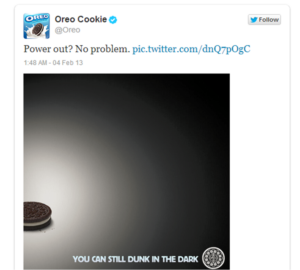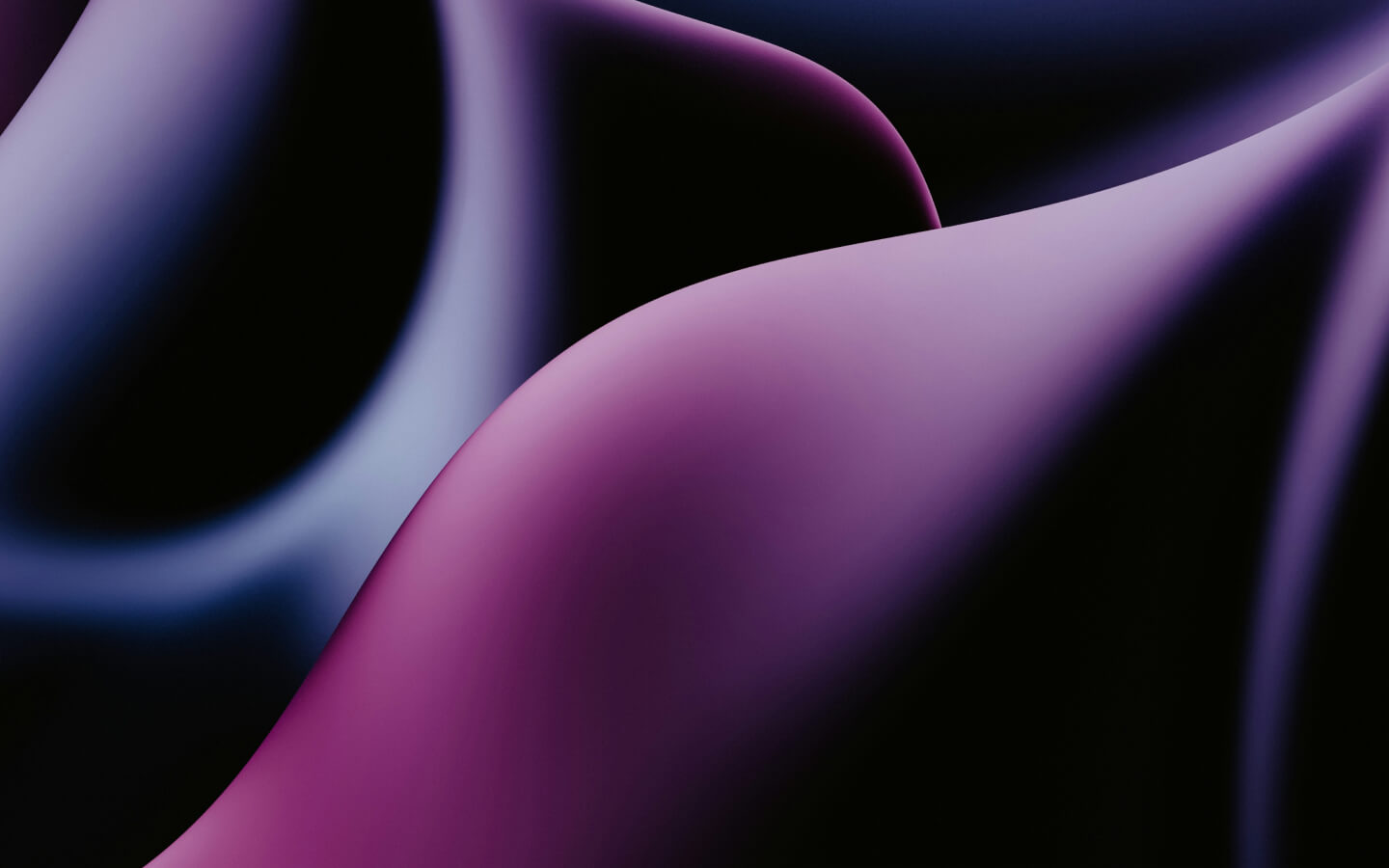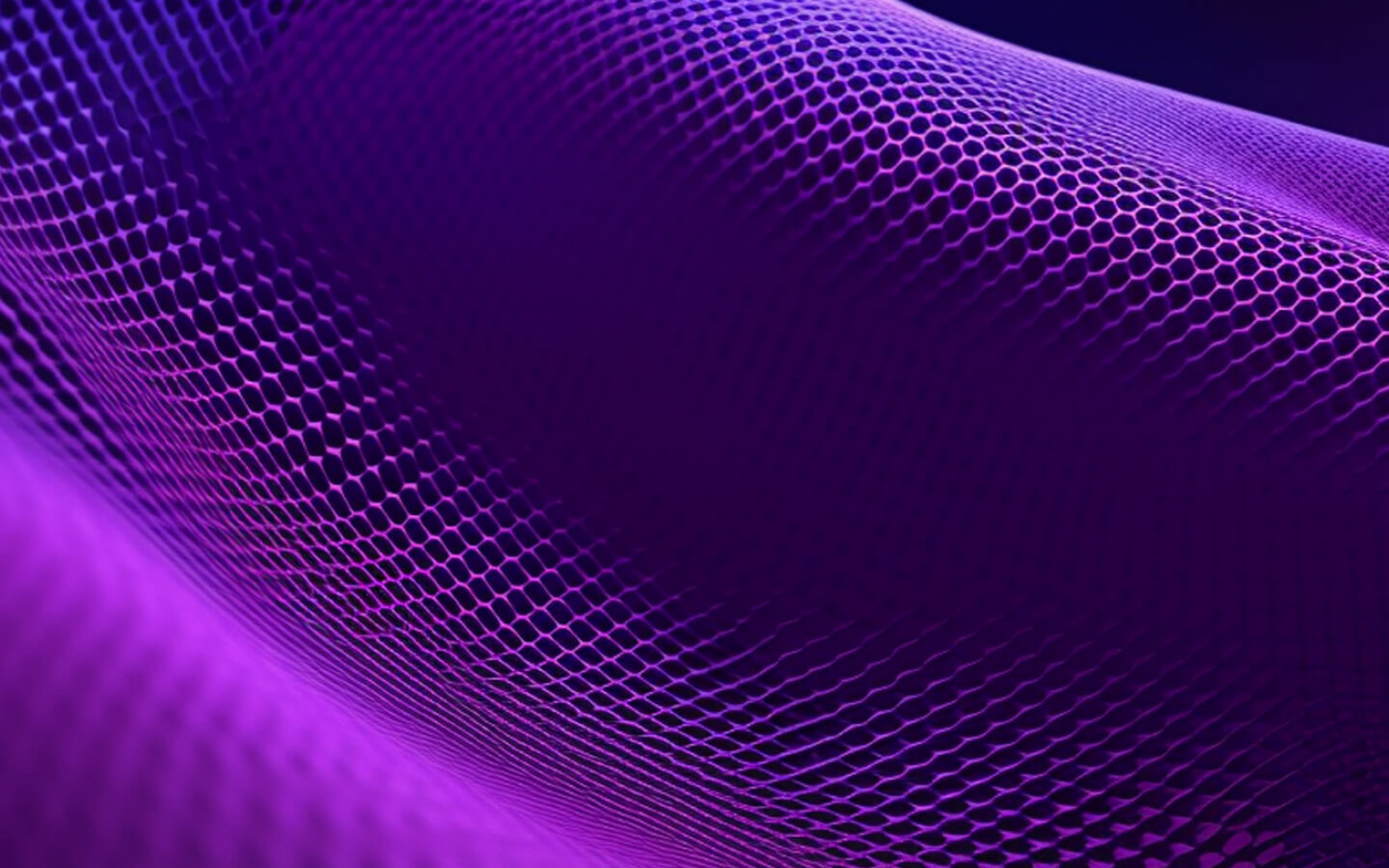While we have our fair share of sports fanatics at AMP, the real attraction of the Super Bowl is the advertisements. We may or may not have been enthralled by brands’ reactions to the unexpected power outage and the thigh master ad with Beyonce as well. That being said, check out AMPers’ perspectives on the good, the bad and the ugly (Go Daddy’s ad) and key takeaways for brands:
WIN: Advertisements that Leveraged the Country’s Sentiment
Group Account Director, Tory Fyrberg, shares her opinion on why ads should reflect the mood of the country:
“I always think the tone of big moments like the Super Bowl should reflect the mood of the country. The hope of financial recovery on the horizon (housing is up, unemployment is down) has overall mood on an upswing. I saw this optimism reflected in three main buckets of ads.”
Fun/Empowering/Embrace Life
‘Taco Bell did a great job bringing to life the emotional and rational aspects of their brand’a fun night out with friends, regardless of age, ending with a late night snack,’? said Roseann Matteo, Group Account Director
“I know most reactions to the Audi commercial were re: the missed connection of target consumer, but I actually think it connected perfectly. I see the target as being mature enough to look back on that moment (i.e. prom night) and established enough to be able to make this purchase a reality now,’? said Cara Francis, Account Coordinator.
Hope/Love
- Budweiser ‘ ‘Clydesdale‘?
- Coke ‘ All you need is love
- Dodge Ram’s “So God Made A Farmer“
Sex
- Budweiser
- Go Daddy
What’s the message to brands? Always tap into the mood of your customers. In a national moment, listen to the collective mood and unite your customers.
WIN: Advertisers that Extended Brand Engagement from Offline to Online
Axe Lifeguard- Axe introduced Apollo and also extended the TV experience online, promoting the product through paid search on Google (screen shot below). They encouraged viewers to join at www.axeapollo.com but also ensured an ad was served if users simply search for ‘axe.’
- Coca Cola- According to Derek Shore, Account Manager, “With the unprecedented downtime during the game, I turned my attention from the in-game spots to their ancillary counterparts online. Visiting www.cokechase.com after watching Coke’s elaborate, albeit bland commercial, users could vote for which of the commercial’s characters they wanted to ‘win the Coke’? at the end of the game. After voting, visitors could ‘sabotage’? the other characters, prompting another short, online video. Videos could also be posted to the viewers’ social networks.” Iana adds that the brand ensured a paid ad was served when someone was simply searching for ‘Coke.'”

- Doritos ‘Crash The Super Bowl’? Contest- Through the ‘Crash the Super Bowl‘? contest, fans could create their own Super Bowl ads to be voted on using the brand’s Facebook app. The most voted on video, as well as a Doritos-selected runner up video, aired during the Super Bowl. Additionally, videos that ranked on USA Today’s Ad Meter were eligible for cash prizes, with the highest ranked contestant winning a chance to work with Michael Bay on the new Transformers movie.
TIE: Advertisers who Leveraged Celebrity Endorsements
When used properly, celebrity endorsements like Paul Rudd and Seth Rogen’s appearance in Samsung’s ‘Next Big Thing‘ spot, are extremely effective. The ad was brilliantly self-aware, witty, engaging and captivating- the perfect riff on current ad tactics with call-outs to the overuse of Psy (sorry Wonderful Pistachios) and crowd sourcing.
As previously referenced, Wonderful Pistachios’ use of Psy for its Super Bowl spot was a miss due to their tardiness in leveraging an internet sensation/meme. The ad could have been a hit 3 months ago. As Senior Content Planner, Sonja Jacob, believes, “Brands need to create content at the speed of culture by capturing the sentiment of the social world and crafting thoughtful brand dialogues that fuel movements and alter the digital landscape.”
Lastly, the tactic of having a celebrity in a Super Bowl spot for the sake of having a celebrity is no longer effective. Consumers crave authentic, meaningful experiences. While the tactic may create buzz, it is a flop in the end as reflected in the Brand Bowl Rankings (re: Best Buy, Go Daddy, and Toyota Rav4).
TIE: Should Advertisers Pre-release Ads?
Full disclosure:
1. I’m still bitter about the Pats.
2. I have a friend in town from Nashville and I’m not 100% of our plans for the weekend yet.
3. I tend to focus my efforts on the Puppy Bowl.
Therefore ‘ I will likely NOT be tuning in for the Super Bowl. That being said, I’m a perfect example of why it makes sense for marketers to release their commercials early. Even if I didn’t actively seek out some ads or get links in my inbox from industry publications, I would have already seen a handful of clips on the news & via my friends’ Facebook feeds that I might have missed otherwise.
Group Account Director, Karianne Kraus’ speculates on whether brands will continue to pay the premium price point for ads:
Living in a digital age, it is no surprise that a majority of the Super Bowl ads are online prior to the game. Since the New England Patriots are not in the big game this year, other than seeing if I win my office squares, the ads are the reason I will tune in tonight. In order to stay excited about watching the ads, I have been trying to shield myself from the online content’although I have given in to the teaser spots from Volkswagen and Samsung.
While these have piqued my interest, I feel like watching tonight will be like reading a book when you already know how it ends. With all the eyeballs now garnered from the web, I wonder if marketers will continue to pay the $3.8 million per spot when leaking their ad pre-game will provide the word of mouth they desire.
WIN: Advertisers producing content in real-time
According to Graham Nelson, VP, Planning, “What we saw last night was a network and a ton of brands ill-prepared for the unpredictable. Most brands — including CBS — slapped a hashtag on their TV spot and hoped for groundswell. But the brands that won were the brands that seized the opportunity to respond real-time: Oreo, Audi, Tide, and LifeStyles.”
Account Coordinator, Cara Francis, seconds that opinion, stating, ‘I think my favorite ad, though not technically a commercial, is Oreo’s tweet ‘Power out? No problem.’? The connection Oreo was able to make utilizing that timeframe while the power was out was invaluable. Comparably, Anheuser-Busch spent $20M on its ads last night, but with that single well-timed tweet at $0, Oreo clearly made a stronger ROI!’?

What are your thoughts on the Super Bowl Ads? Do you agree or disagree with our perspectives? Leave a comment below.











